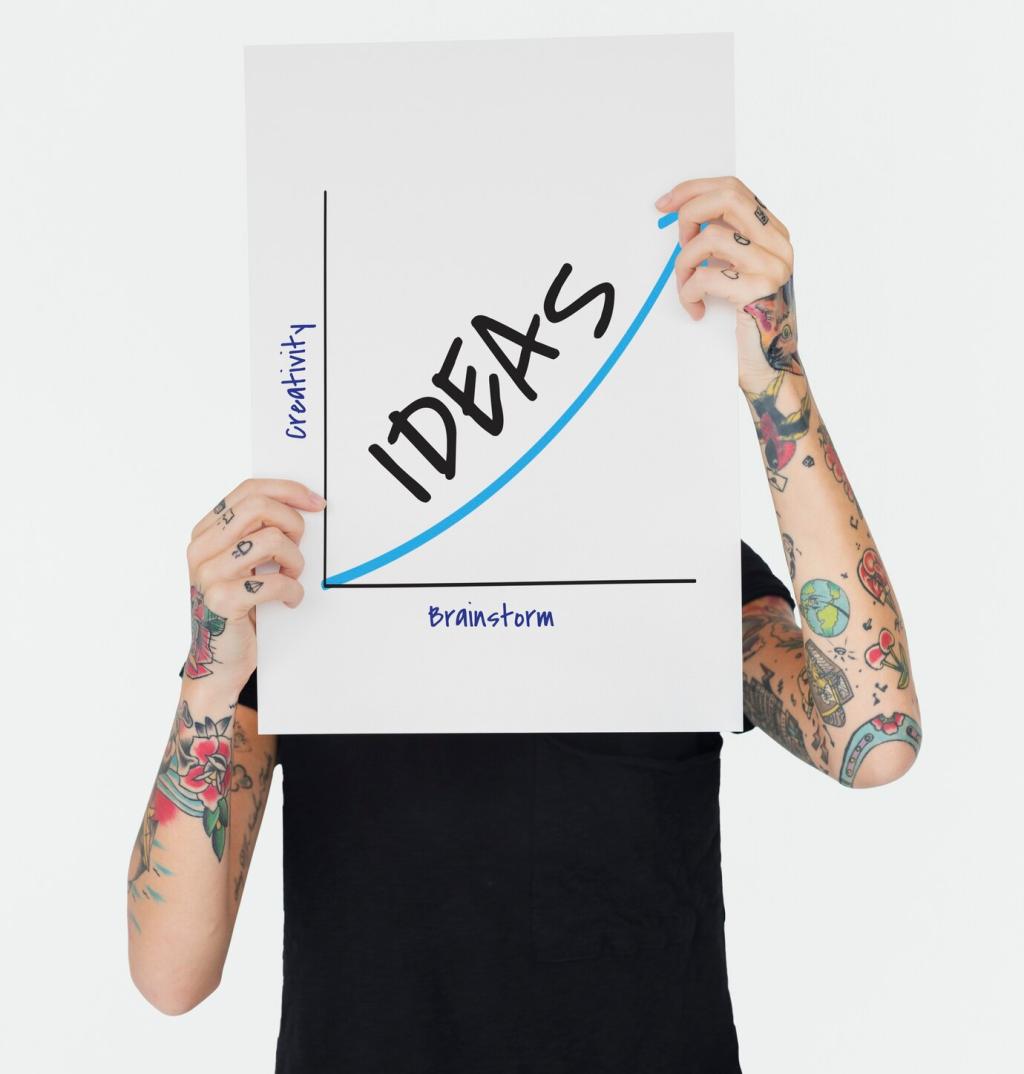
The Role of Color in Branding and Marketing Design
Chosen theme: The Role of Color in Branding and Marketing Design. Explore how purposeful palettes influence perception, trust, and conversion—turning brand moments into memories. Join the conversation, share your favorite brand colors, and subscribe for weekly color-led insights.
Warm vs. Cool: Emotional Temperature of Brands
Warm colors often radiate energy, appetite, and action, while cool tones communicate calm, clarity, and control. Deciding between them sets emotional expectations. Share where you’ve seen this dynamic change a campaign’s trajectory.
Saturation and Trust: When Bold Becomes Brash
Highly saturated colors can feel assertive and modern, yet overuse risks fatigue or distrust. Balanced saturation adds personality without shouting. Comment with examples where dialing saturation up or down reshaped brand perception.
Memory Anchors: Why a Signature Hue Sticks
Distinctive signature hues act like mnemonic devices, speeding recognition on shelves and screens. Paired with consistent usage, color becomes shorthand for the brand. Which signature color do you recognize instantly, even without a logo?

Building a Cohesive Brand Palette
Assign responsibilities to each color: a primary for recognition, secondaries for hierarchy, and neutrals for legibility. Clear usage ratios preserve coherence. How do you police palette creep across teams or regions?
Cultural Context and Meaning Across Markets
Color Meanings Shift: From Celebration to Mourning
A color that symbolizes purity in one region may represent mourning in another. Research meaning before rollout. Which cultural color surprise changed your brand’s palette or packaging approach?
Localization Without Losing Equity: Flexible Systems
Create a core recognizable hue supported by localized accents that honor regional meaning. This preserves global equity while embracing local resonance. How do you balance consistency with cultural relevance in practice?
Inclusive Testing: Hearing What Colors Cannot Say
Colorblindness and differing displays alter interpretation. Validate with diverse audiences and device sets, using labels and patterns to reinforce meaning. Comment with your go-to methods for inclusive, color-agnostic communication.
Digital vs. Print: Technical Precision Saves Brands
RGB, CMYK, and Pantone: Speaking the Same Language
Establish master values across color spaces with clear conversion notes. Reference Pantone or spot inks for critical hues. What workflows help you avoid surprises when shifting from vibrant RGB to pragmatic CMYK?


Consistent Displays: Calibration and Variability
Screens vary by brightness, gamut, and calibration. Style guides should specify testing devices and ambient lighting. Which tools or routines keep your team aligned on what the “real” brand color looks like?
Case Stories: When Color Rebrands Changed Trajectories
A fintech startup traded muted beiges for confident emerald and charcoal, increasing homepage clarity and signups. The new contrast and distinctiveness cut through sameness. What strategic leap would you make with your palette?


Button color changes shift visual hierarchy, not just hue. Test against consistent layouts and copy to isolate impact. What surprising result have you seen when testing small color tweaks at scale?

Hotspots reveal how color directs attention. Overemphasis can pull eyes from key content. Balance signal and legibility. Which analytics insight helped you reweight color emphasis on a critical page?

Blind comparisons reduce brand bias when evaluating preference versus performance. Pair with task-based tests to validate behavior. What questions help you uncover why a color actually works beyond personal taste?

Variable Palettes: Seasonal and Contextual Systems
Brands are adopting adaptive color ranges that respond to season, audience, or context while preserving recognizability. Guardrails and tokens make scalability real. How might your palette flex without losing its core?

Sustainability and Ink: Greener Color Decisions
Fewer spot colors, efficient ink coverage, and recyclable substrates reduce environmental impact. Color can be both beautiful and responsible. What sustainable color practices are you piloting across packaging or print?

AR, VR, and Wearables: Color Beyond the Screen
Emerging devices introduce new lighting, surfaces, and viewing angles. Test palettes in simulated environments to ensure fidelity and comfort. Which future channel excites you most for extending your brand’s color story?
